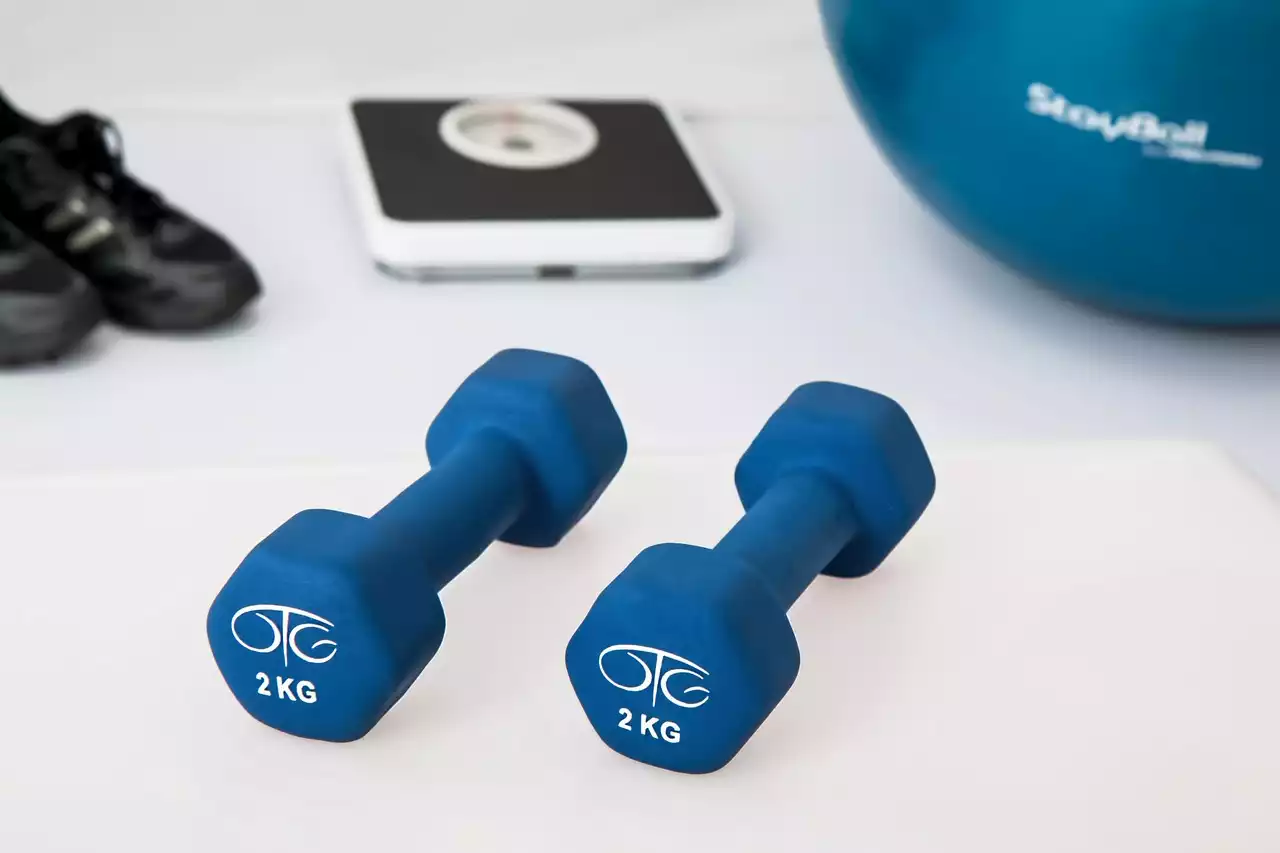Benefits of remote work
Remote work has become increasingly popular in recent years, and for good reason. There are numerous benefits to working remotely, including:
Flexible schedule
One of the biggest advantages of remote work is the ability to set your own schedule. You can work when you are most productive, whether that's early in the morning or late at night. This flexibility allows you to fit work around other commitments, such as family or hobbies.
No commute
Another major benefit of remote work is the lack of a daily commute. This not only saves time but also reduces stress and saves money on transportation costs.
Increased productivity
Studies have shown that remote workers are often more productive than their office-based counterparts. This could be due to the lack of distractions and interruptions that are common in a traditional office setting.
Challenges of remote work
While remote work offers many benefits, it also presents some unique challenges. These include:
Isolation
Working remotely can be lonely, especially if you are used to working in a team environment. It can be difficult to stay connected with colleagues and maintain a sense of community when you are working from home.
Distractions
Working from home can also be distracting. There are numerous distractions, such as family members, pets, and household chores, that can disrupt your focus and lower productivity.
Lack of structure
Without a set routine or schedule, it can be challenging to stay on track and accomplish tasks in a timely manner. This lack of structure can lead to procrastination and missed deadlines.
Tips for setting up your remote workspace
Having a dedicated workspace is essential for staying productive and focused when working remotely. Here are some tips for setting up your remote workspace:
Choose a quiet location
Find a quiet location in your home where you can work without distractions. This could be a spare room, a corner of your bedroom, or a space in your living room.
Invest in a comfortable chair and desk
Invest in a comfortable chair and desk that are ergonomically designed to reduce strain on your back, neck, and shoulders. This will help you avoid discomfort and injury.
Ensure you have good lighting
Make sure you have good lighting in your workspace to reduce eye strain and headaches. Natural light is ideal, but if that's not possible, invest in a good desk lamp.
Establishing a routine and schedule
Establishing a routine and schedule is crucial for maintaining productivity and work-life balance. Here are some tips for setting up a routine:
Set regular work hours
Set regular work hours that work for you and your employer. This will help you establish a routine and ensure you are available when needed.
Take breaks
Take regular breaks throughout the day to stretch, move around, and give your eyes a rest. This will help you stay focused and avoid burnout.
Plan your day
Plan your day in advance, setting priorities and goals for what you want to accomplish. This will help you stay on track and avoid wasting time.
Overcoming distractions and staying focused
Distractions can be a major challenge when working remotely. Here are some tips for staying focused:
Minimize distractions
Minimize distractions by setting boundaries with family members and pets. Let them know when you are working and that you should not be disturbed.
Use noise-canceling headphones
Use noise-canceling headphones to block out background noise and help you stay focused.
Use productivity tools
Use productivity tools, such as timers and task lists, to help you stay on track and avoid procrastination.
Staying connected with coworkers and colleagues
Staying connected with coworkers and colleagues is crucial for maintaining a sense of community and avoiding isolation. Here are some tips for staying connected:
Use video conferencing tools
Use video conferencing tools, such as Zoom or Skype, to stay in touch with colleagues and attend meetings virtually.
Use messaging apps
Use messaging apps, such as Slack or Microsoft Teams, to stay connected with colleagues and collaborate on projects.
Schedule virtual coffee breaks
Schedule virtual coffee breaks or lunch dates with colleagues to maintain a sense of community and stay connected.
Zoom - Video Conferencing
Incorporating physical activity and healthy habits into your day
Sitting at a desk all day can be detrimental to your health. Here are some tips for incorporating physical activity and healthy habits into your day:
Take breaks to move around Take breaks throughout the day to move around and stretch. This will help prevent stiffness and improve circulation.
Use a standing desk Consider using a standing desk to reduce the amount of time you spend sitting.
Drink water and eat healthy snacks Stay hydrated by drinking water throughout the day, and choose healthy snacks such as fruit or nuts to keep your energy levels up.
Maintaining work-life balance
Maintaining work-life balance is essential for avoiding burnout and staying healthy. Here are some tips for maintaining a healthy work-life balance:
Set boundaries
Set boundaries between work and personal life by establishing set work hours and sticking to them.
Take time off
Take time off regularly to rest and recharge. This will help you avoid burnout and keep your energy levels up.
Pursue hobbies and interests
Make time for hobbies and interests outside of work to maintain a sense of balance and fulfillment.
Tools and resources for remote work
There are numerous tools and resources available to support remote work. Here are some of the most popular:
Video conferencing tools
Video conferencing tools, such as Zoom, Skype, and Google Meet, make it easy to attend virtual meetings and stay in touch with colleagues.
Project management tools
Project management tools, such as Trello and Asana, help you stay organized and keep track of tasks and deadlines.
Communication tools
Communication tools, such as Slack and Microsoft Teams, make it easy to stay in touch with colleagues and collaborate on projects.









